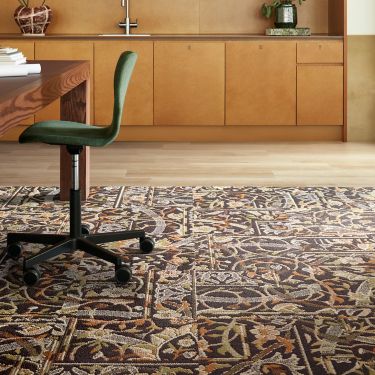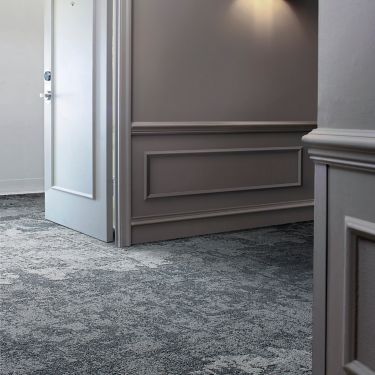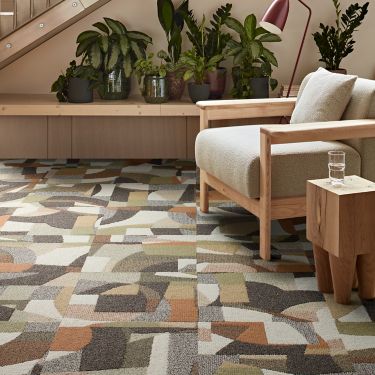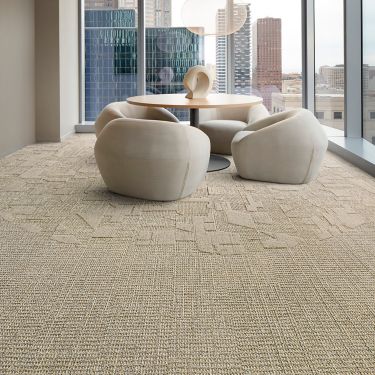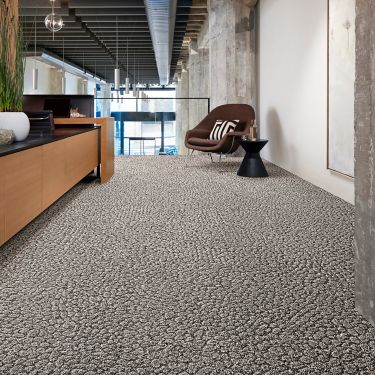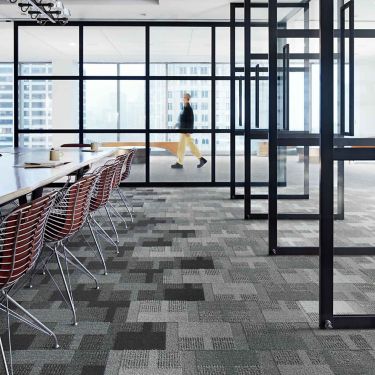Select a Location
It’s flooring—and then some. Made for More.
BENEFITS OF
OUR BACKINGS
Carbon negative backings showed us what was possible. That replacing virgin materials with recycled content and bio-based materials could significantly reduce a carpet tile’s total carbon footprint. Our CQuest™ backings are doing just that.

END OF LIFE?
IT'S JUST THE BEGINNING
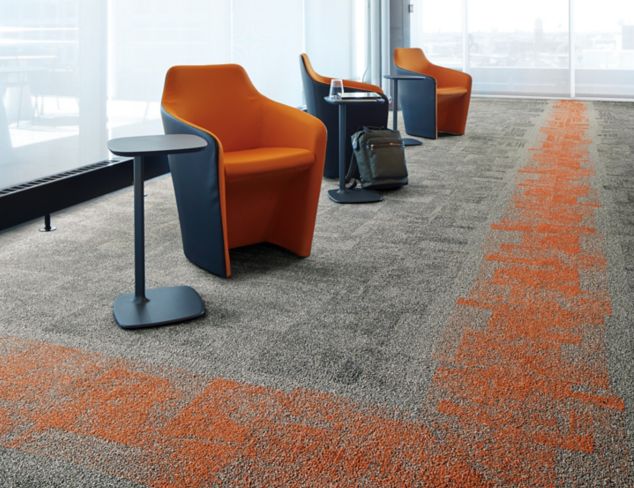
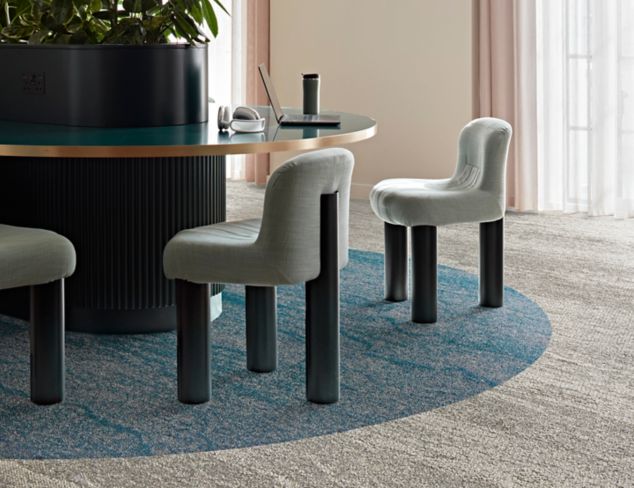
Through ReEntry, we collect used carpet tiles and give them another life.
Based on the material’s condition and composition, returned products are sent to the most sustainable option available – returned products are reused, recycled, or recovered for energy.
CARBON NEGATIVE INNOVATIONS
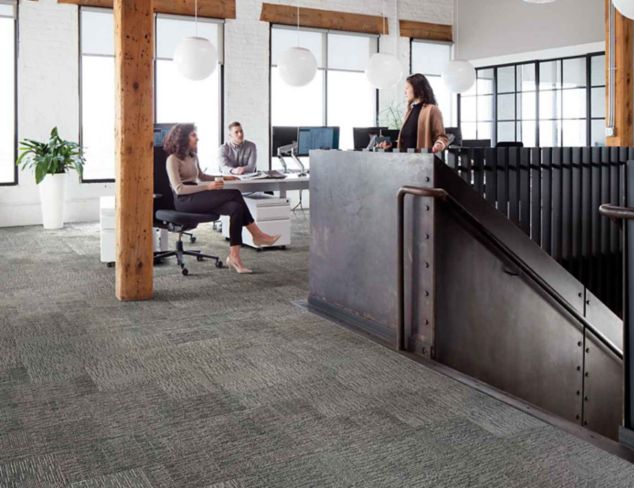
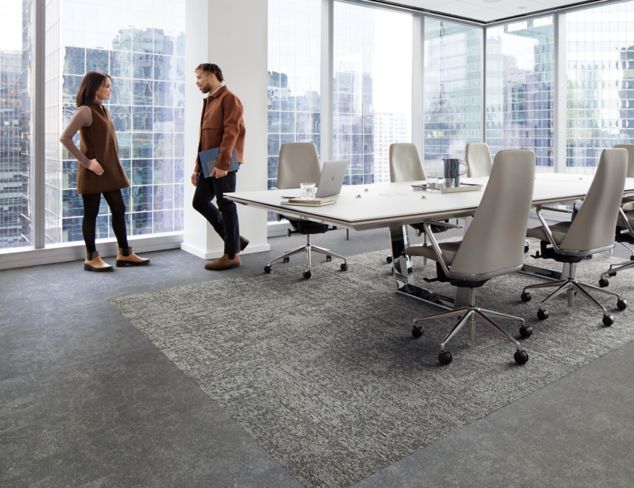
We’re taking steps to reduce the carbon footprint of our carpet tile even further.
How will we do it? More investments in innovation and R&D. More collaboration with suppliers. And more carbon-storing materials in our carpet tiles.
TAKE MODULARITY
TO A NEW LEVEL
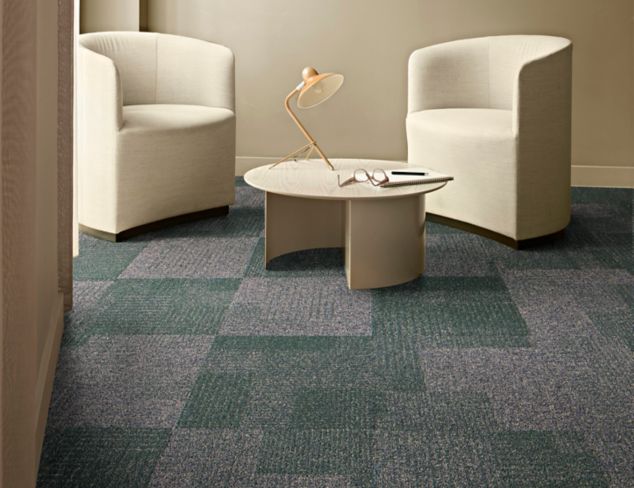

Selectively replace tiles. And reduce waste.
Our i2® carpet tile products prioritize similarity over uniformity - just like nature. So every tile blends with the next - now and for years to come.
RECYCLED CONTENT
FIBER
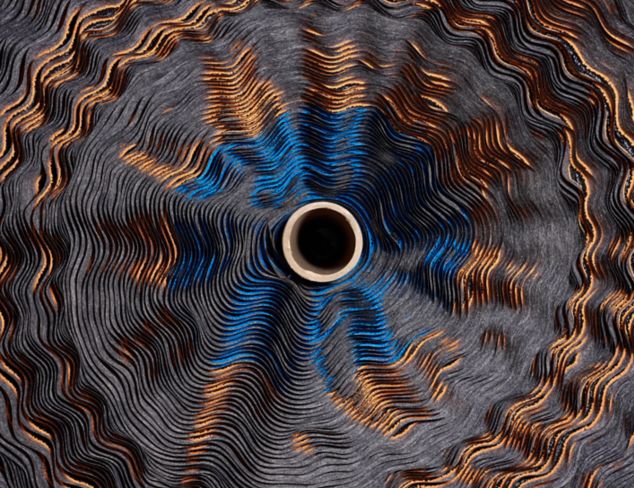

Minimize your footprint with recycled content fiber.
We choose fibers with the highest recycled content possible (post-consumer and post-industrial) to lower the environmental impact of our products.
EASY INSTALLATION
INSPIRED BY NATURE
Our glue-free TacTiles® installation system mimics nature - specifically the gecko’s ability to “stick" to surfaces. This creates a “floating floor” for faster installation. Plus, it has a 90% lower carbon footprint than traditional adhesive.

HEALTH & MATERIALS
Our stain resistant technology, Protekt²™, is built into the nylon fiber itself. No harmful chemicals. It’s permanent stain resistance, without permanent pollution.
Intersept® protects our carpet tiles. From mold, mildew, bacteria, and more. It helps preserve your carpet tile. And your indoor air quality.
PVC can get a bad rap. But not all PVC is created equal. We take extra steps to ensure responsible use of PVC – to protect the planet and human health.


